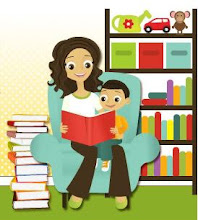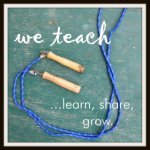- Introduce the tool and call it just that! When pulling out any new tool, remember to allow time for exploration in the beginning. 2-3 minutes of free play is a must! The transition into learning play will be much easier!
- Tell your learner ahead of time, “We are going to explore with these _____ for 3 minutes. When I ring the doorbell (or whatever you choose) we are going to try something new.” Then do just that! Here are some things to try:
- Make letters with the sticks. Start with a letter they know or choose one from a book and go from there! Once the letter is made, trace it with your fingers and say the sound. (Have older siblings put the letters in alphabetical order or make whole words!) You are learning and reinforcing letters and their sounds! Next time, glue the letters down. Use the popsicle stick letter as the beginning of a word, or even better, the beginning of your child’s name!
- Make shapes with the sticks! (Have older siblings make the shape you describe, “It has three sides.” “It looks like a stop sign.” “What would I have if I put a triangle on top of a square? Make it!” ) You are teaching shapes and working on fine motor kills while you are at it! Next time, glue the shape down and turn it into a picture by adding details with crayons or markers!
- Grab and toss! Give your child a predetermined number of popsicle sticks (3 for beginners.) Have them toss them in the air away from their body. Have your child describe where they landed. “One is by the chair.” “These are by the door.” (Have older siblings practice addition and subtraction with the sticks. Toss and describe using math terms. “2 by the door and 6 by the chair makes 8 sticks in all.” You are building language skills and locking in them with the movement! Next time, use the popsicle sticks to measure from one place to another by lining them up from end to end. “Wow! It takes 6 popsicles to get from the door to the chair.”
- Sort colored popsicle sticks by color, identifying the color as you go. (Have older siblings rename the popsicle stick colors using adjectives. Then write the new names on the sticks. For example,instead of "red," try "raspberry red"!). Next time, mix all kinds of popsicle sticks (fat, colored, short, etc) into a pile and have your child sort them however they want! This open sort allows your child to use their inductive thinking skills. When done, sort them again, another way!
To learn more about the benefits of sorting with toddlers and more ideas, visit Bright Hub.
























